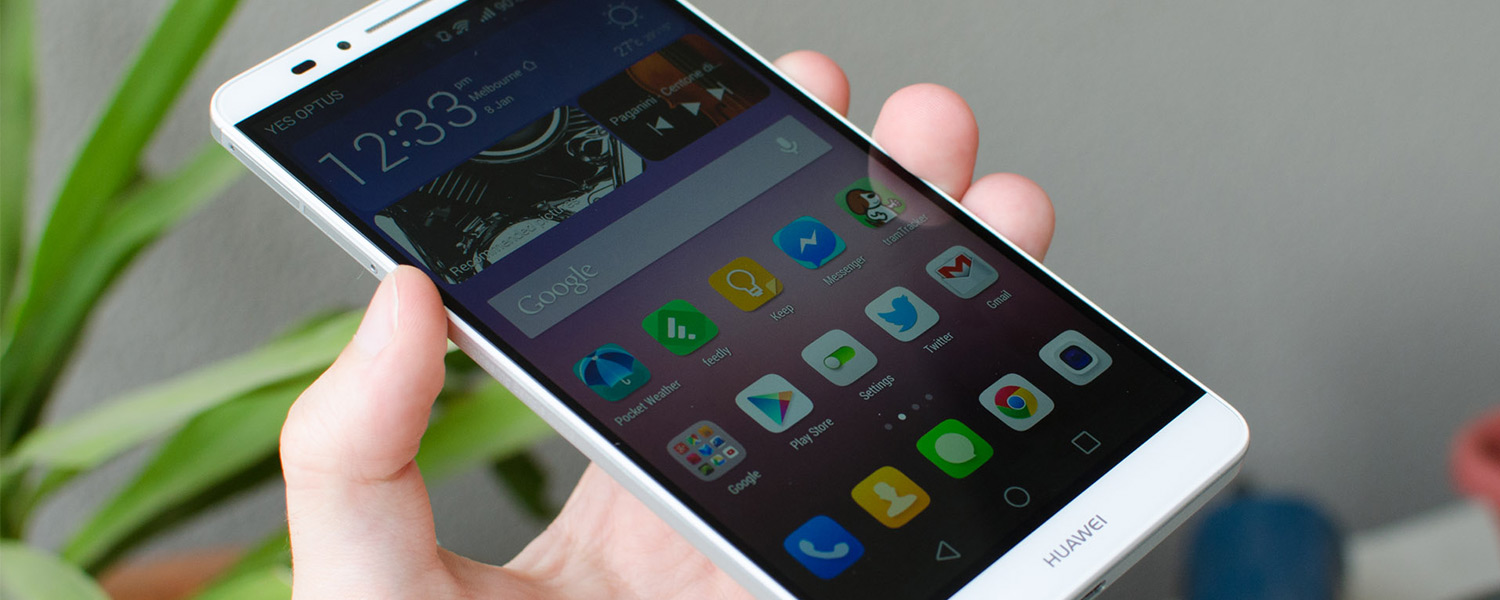A Six-Inch IPS Display
The Huawei Ascend Mate 7 comes with a 6.0-inch TFT IPS LCD display with a resolution of 1920 x 1080, equating to a pixel density of 367 PPI. While today's top-end displays are packing QHD resolutions, such as the AMOLED found on the Note 4, there is nothing wrong with the 1080p display on the Mate 7, especially as it comes with a lower performance and battery life cost.
Not going with a QHD display does mean that you don't get that superb, higher level of crispness that's noticeable especially when viewing text. However packing 367 PPI is more than enough pixel density for excellent sharpness in most situations, and you'll certainly find it hard to spot individual pixels. The RGB stripe subpixel matrix and general strengths of IPS technology also improve clarity, making text a breeze to read.
But it's not just the resolution that makes things like reading text so excellent on the Ascend Mate 7: it's the display size as well. Having six inches of real estate is perfect for reading books in a pocket-sized form factor, or playing games with great visibility and large on-screen controls, or watching movies without having to squint. These are just some of the reasons to get a larger display, and it can be great so long as you can deal with the larger handset.
Unfortunately some apps don't always make great use of the display size, so you end up with larger content and larger text rather than more photos or more paragraphs on the screen. On Android this isn't as much of an issue as it is with Windows Phone and iOS, as large screens have been around for longer, though it can still be a bit annoying.
I was mostly impressed with the quality of the Huawei Ascend Mate 7's display. It's not as bright as the Xperia Z3's IPS display at maximum brightness, or as vibrant as the Galaxy Note 4, but its representation of colors looks excellent in most situations. I wouldn't call it the most accurate display going around, due to a slight tint towards the green end of the spectrum, though it's certainly not the worst either.
Brightness I found to be generally good enough on the Ascend Mate 7, and automatic brightness is excellent at choosing an acceptable luminance. In direct sunlight there can be a fair bit of reflected light that will reduce readability, especially if there are fingerprints on the display. However there's no need for an AMOLED-style brightness boost, as the backlight can provide even and generally bright enough light.
Contrast is excellent from the Ascend Mate 7's display, delivering deeper blacks than I've seen on most other LCD panels. Viewing angles are also great, mostly due to the slim layer of protective glass and the strengths of IPS technology. White levels are also very good, approaching the ideal 6500K white temperature from the cool side.
It's possible to adjust the temperature of the display in the software settings, though I tended not to mess with it too much as the default level is fine. This is the only aspect of the display you can adjust in software, and there's a high sensitivity touchscreen mode hidden under smart assistance settings. That said, the touchscreen performance from the Mate 7's digitizer is perfectly acceptable in the regular mode.



